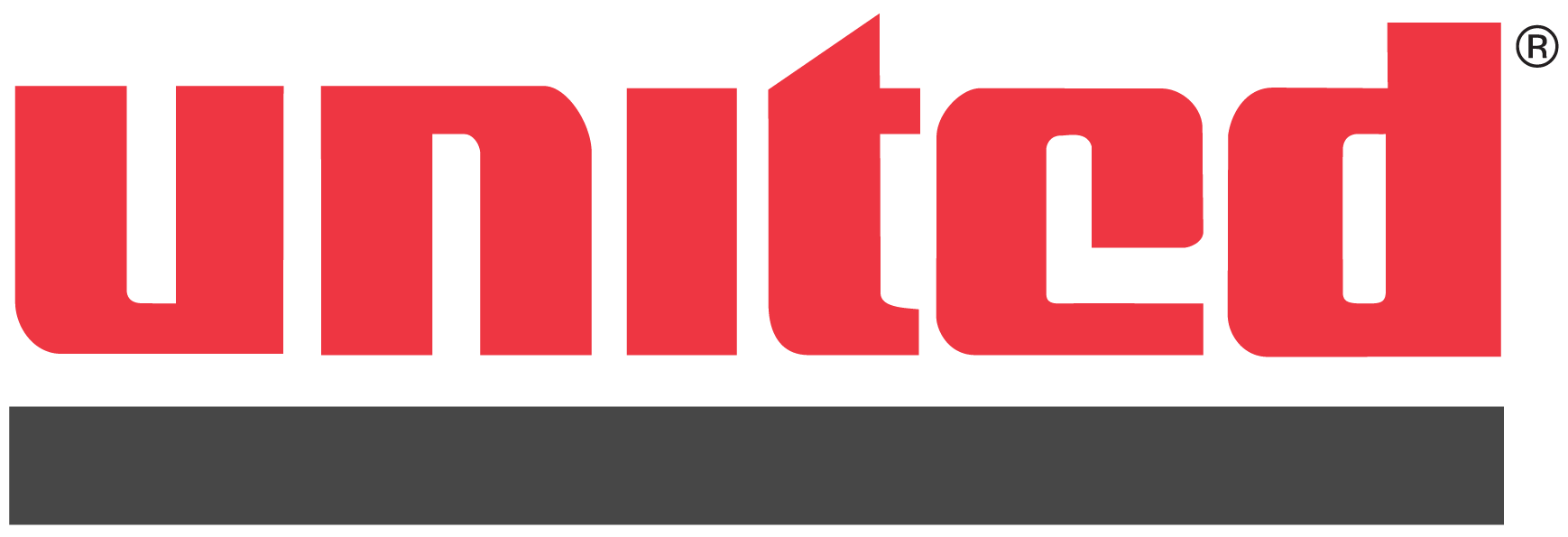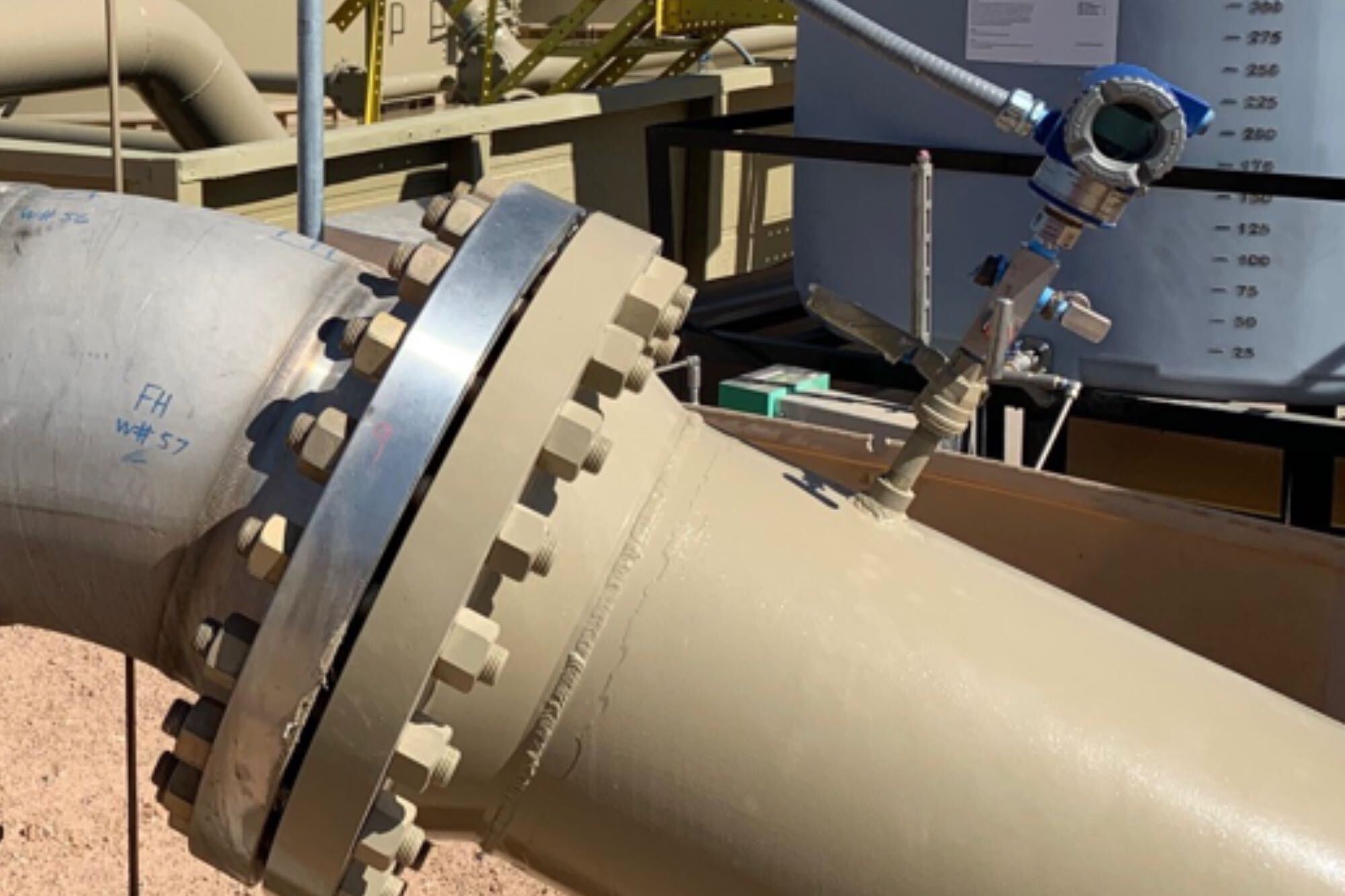Thermoplastic liner systems have revolutionized pipeline protection, offering a proven solution to safeguard carbon steel pipelines from corrosion and abrasion. Unlike replacing pipelines with costly new steel or alloy pipelines, these liners provide an efficient and durable alternative that extends the life of existing systems. One key innovation enhancing their utility is the integration of monitoring ports along the pipeline. These ports empower operators to inspect liner integrity and monitor the annular space—the area between the liner and the host pipe—for potential issues.
Typically, these monitoring ports consist of a threadolet welded onto the steel pipe with a small diameter hole that penetrates the steel but not the liner. With an estimated 100,000+ monitoring ports installed worldwide—and more added every year—pipeline operators widely recognize their value. Regularly monitoring these ports plays a critical role in identifying potential issues early, helping operators maintain pipeline integrity and prevent costly failures. Unfortunately, despite their importance, many ports are left unused after the initial system startup because manual field visits can be time-consuming and resource-intensive.
This article examines how remote monitoring systems are transforming pipeline management, eliminating the need for frequent field visits, and giving operators real-time data to ensure the long-term integrity of thermoplastic liner systems.
Challenges with Manual Thermoplastic Liner Monitoring
Manual monitoring of pipelines, while historically standard, comes with significant challenges that can impact efficiency, safety, and operational reliability. These limitations often leave pipeline operators exposed to preventable risks.
- Limited Coverage and Accessibility: Large pipeline networks, especially in remote or rugged areas, are difficult to inspect thoroughly. This can leave critical sections unmonitored, increasing the risk of undetected issues.
- Delayed Leak Detection: Manual inspections often fail to identify leaks quickly, leading to prolonged product loss, environmental damage, and higher repair costs.
- High Operational Costs: Labor-intensive manual inspections require significant resources, including skilled personnel and equipment. These costs add up quickly and can strain budgets over time.
- Human Error and Inconsistency: Manual processes are inherently prone to human error. Missed details, inaccurate readings, or inconsistent reporting can compromise the reliability of monitoring efforts.
- Safety Risks: Field inspections expose personnel to hazardous conditions such as extreme environments, chemical exposure, and dangerous terrain, making safety a serious concern.
The challenges of manual monitoring underscore the need for modern solutions that can overcome these limitations.
Remote Monitoring for Thermoplastic Liners
To address monitoring challenges and reduce the need for field visits, a pipeline operator may employ a remote monitoring system. This system includes a pressure transducer and a solar-powered transmitter, which can be customized with additional features to meet their specific needs. By integrating these monitors into the operator’s Supervisory Control and Data Acquisition (SCADA) system, remote monitoring enables continuous observation of pipeline conditions directly from the office, eliminating the inefficiencies of frequent field visits.
Key features of the remote monitoring system include:
- SCADA Integration: Easily connects to the operator’s existing SCADA system for real-time data analysis.
- Annular Pressure Monitoring: Tracks and compares annular pressure to line pressure for accurate and efficient pipeline diagnostics.
- Proactive Pipeline Management: Provides continuous oversight, enabling early intervention to prevent costly failures, leaks, or operational shutdowns.
Why Remote Monitoring Matters
Proper monitoring and maintenance help to ensure the long lifespan of steel pipelines and thermoplastic liner systems. Monitoring the annular space as part of the regular pipeline operations process helps to eliminate unexpected failures, operational disruptions, and expensive repairs. Remote monitoring systems address these challenges by delivering:
- Enhanced Safety: Early detection of pressure anomalies reduces the risk of leaks or catastrophic failures.
- Improved Efficiency: Automated systems save time and resources by reducing the need for field inspections.
- Cost Savings: Preventative monitoring minimizes downtime and lowers maintenance costs over the pipeline’s lifecycle.
By adopting remote monitoring for thermoplastic liner systems, pipeline operators can improve the reliability, efficiency, and safety of their operations, bringing peace of mind and long-term savings.
United Pipeline Systems: Delivering Smarter Pipeline Solutions
For over 40 years, United Pipeline Systems has led the way in pipeline protection, providing innovative solutions that safeguard critical infrastructure in the oil and gas, mining, industrial, and public utility sectors. Contact United Pipeline Systems today to discover how remote monitoring systems can be customized to meet the unique needs of your new or existing pipelines. Let us help you achieve safer, more efficient operations with proven solutions designed for long-term success.

